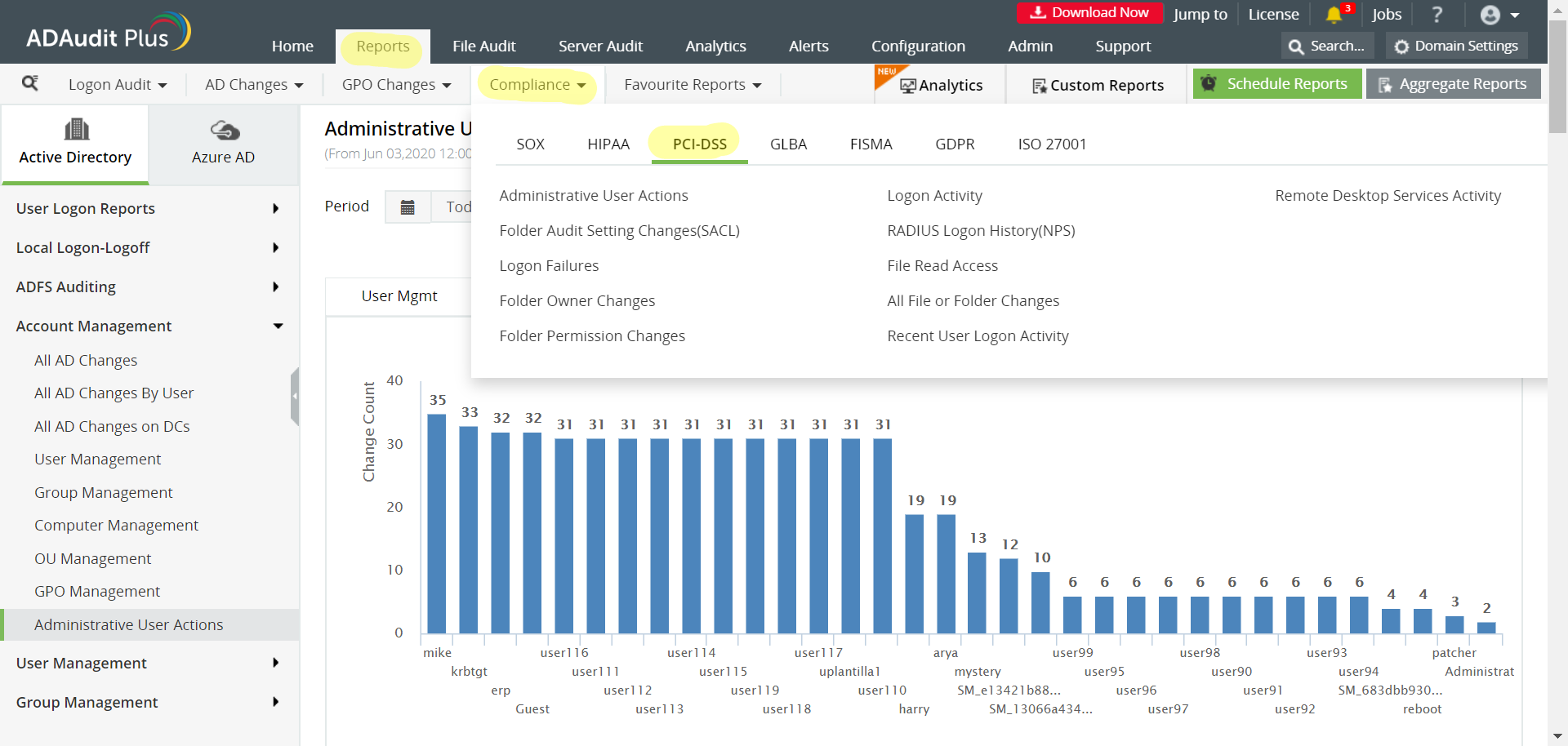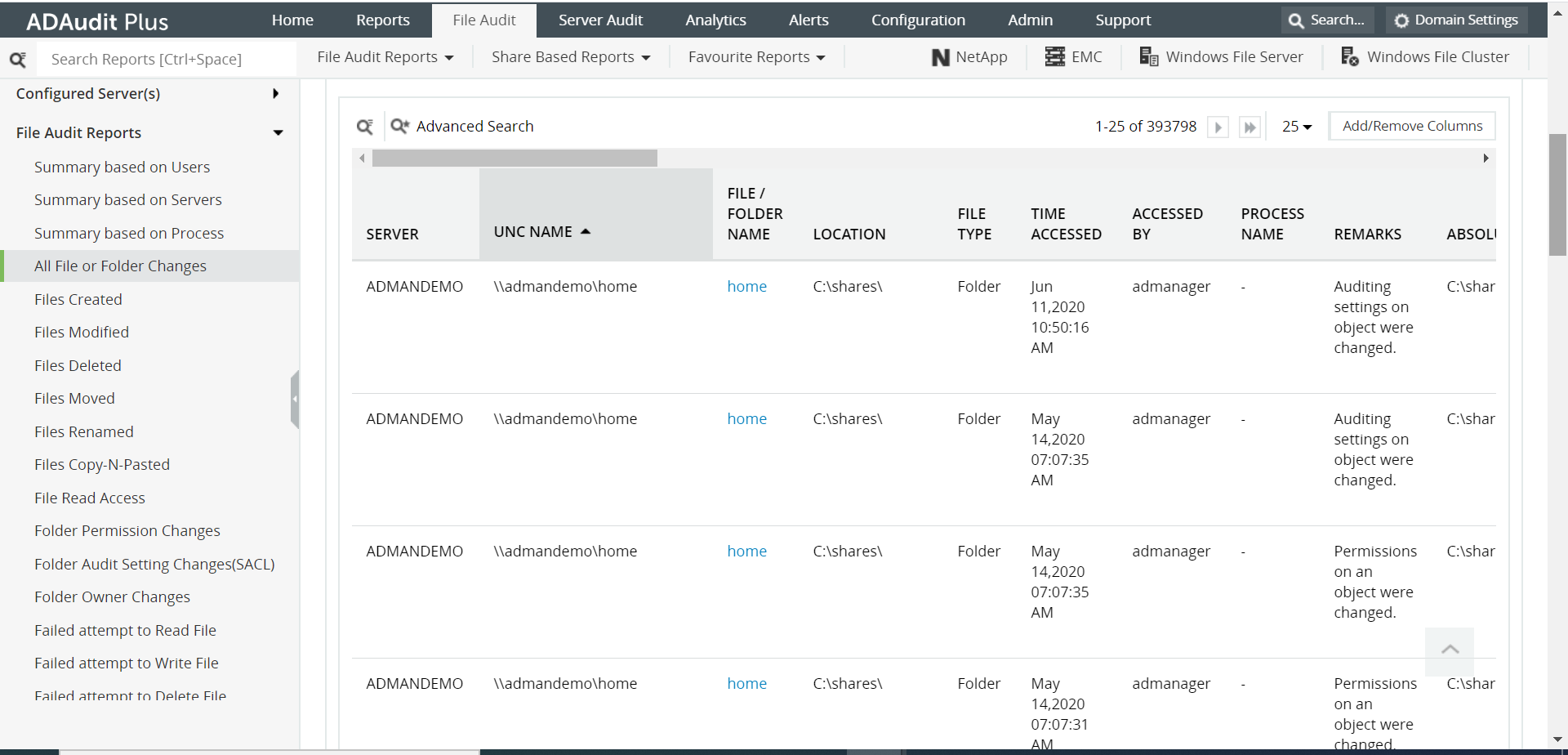With increasing competition, businesses want to provide the best possible service to their customers, and stay ahead of the race. This includes accepting various types of payments including digital and card payments. Going cashless reduces domestic security concerns, but raises concerns about digital security. Data breaches can lead to the loss of an organization's reputation, and are quite expensive and tedious to recover from. As trite as it sounds, prevention is better than cure.
The Payment Card Industry Data Security Standard (PCI DSS) is a compliance mandate for businesses that process, store or transmit cardholder data. These businesses should adhere to a set of security standards laid out in the PCI DSS.
How much effort does it take to comply with PCI DSS? Use the following checklist that makes PCI compliance easy for your business:
- Understand the goals and requirements of PCI DSS.
The six main goals of PCI DSS are achieved by meeting the 12 requirements under them. These goals and requirements are described here.
- Determine the PCI DSS merchant level
The number of transactions per year determines your organization's merchant level. The merchant level dictates how much assessment and security validation is required for your business to pass the PCI DSS compliance test.
- Approach the bank you're tying up with to guide you
Banks can provide valuable information about PCI DSS guidelines for your specific line of business.
- Have a strong security plan and implement it
Safeguard sensitive data by understanding who are all accessing data, when they are accessing it, and what modifications have been done to it. Comprehensive Active Directory auditing solutions like ADAudit Plus can be effective for this.In addition to this, use firewalls, anti-virus software, multi-factor authentication, and encryption methods to protect your servers, mobile devices, end-points and network.
- Answer the Self-Assessment Questionnaire
There are different versions of the SAQ. Choose the one that is most appropriate to your business.
- Review your compliance practices regularly
Compliance is a continuous process, however small or big your organization is. Schedule important reports such as critical file modifications, or file permission changes, to be automatically generated and sent to your IT team's inbox using ADAudit Plus. Spot vulnerabilities and immediately respond to them.
- Train your employees on the PCI DSS
Document the list of employees whose training is complete.
Effortless PCI DSS compliance using ADAudit Plus
ADAudit Plus provides a number of reports to ensure and prove compliance with PCI DSS protocols. To view all the reports related to PCI DSS:
Step 1: Open ADAudit Plus console.
Step 2: Navigate to Reports tab.
Step 3: Select Compliance reports. A list of seven compliance mandates will appear. Choose PCI DSS to view the various reports.

Here is the list of reports you can use to ensure compliance:
These reports can be exported to CSV, HTML, XLS and PDF formats, and also scheduled to be automatically generated at regular intervals, and delivered to your inbox. You can also configure alerts to notify you when permissions of critical files/folders are changed. This helps you identify and act upon the situation immediately.
✕
Native auditing becoming a little too much?
Try ADAudit Plus login monitoring tool to audit, track, and respond to malicious login and logoff actions instantaneously.
Try ADAudit Plus for free


